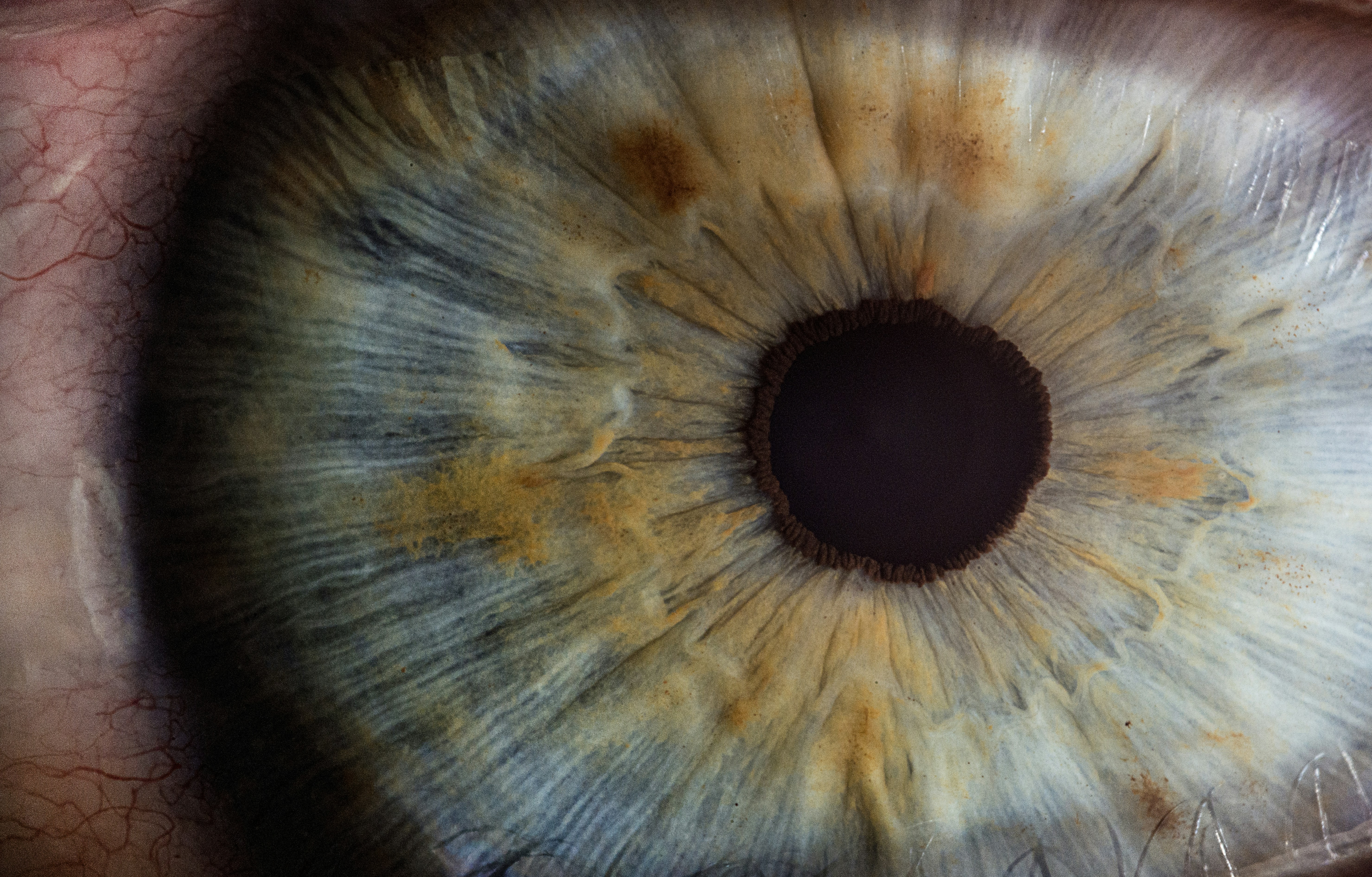Are you a eyeglass wearer who loves to explore the great outdoors but always find yourself struggling to find the right eye relief? If so, we have good news for you! In this article, we will be exploring the recommended eye relief for eyeglass wearers, providing you with valuable insights and tips to enhance your outdoor adventures. Whether you enjoy bird watching, hiking, or simply taking in the breathtaking scenery, understanding the optimal eye relief for your specific needs is essential. So, grab a cup of tea and get ready to discover the secrets to optimal eye comfort while wearing glasses in the great outdoors.
Understanding Eye Relief
Definition of eye relief
Eye relief refers to the distance between the eyepiece of an optical device, such as binoculars or a rifle scope, and the viewer’s eye. It is the optimal distance at which the viewer can see the entire field of view without any loss of image quality, without straining their eyes, and without experiencing any discomfort. In other words, it is the ideal position for the eye to be in relation to the eyepiece to achieve the best viewing experience.
Importance of eye relief
Eye relief is of utmost importance for individuals who wear eyeglasses. Without adequate eye relief, eyeglass wearers may face various visual distortions, uncomfortable viewing experiences, and even impaired functionality of their eyeglass lenses. Understanding and achieving the recommended eye relief can greatly enhance the visual experience for eyeglass wearers and ensure their overall vision health.
Eye Relief for Eyeglass Wearers
Particular needs of eyeglass wearers
Eyeglass wearers have unique needs when it comes to eye relief. The presence of eyeglasses adds an additional distance that needs to be accounted for in order to achieve the optimal eye relief. The lenses of the eyeglasses can affect the distance between the eye and the eyepiece, potentially causing visual distortions or discomfort if not properly considered.
Role of adequate eye relief for eyeglass users
Adequate eye relief for eyeglass wearers is crucial to ensure clear and comfortable viewing. It allows the wearer to position their eye at the correct distance from the eyepiece to see the entire field of view without any obstructions or loss of image quality. It also helps in minimizing any unwanted visual distortions caused by the interaction between the eyeglass lenses and the eyepiece.
Determining the Recommended Eye Relief
Factors affecting eye relief recommendation
The recommended eye relief can vary depending on several factors, including the type of optical device being used, the specific model, and the individual’s eyeglass prescription. A higher magnification or more complex optical system might require a greater eye relief to maintain the desired viewing experience. Additionally, the eyeglass prescription, particularly the distance correction, can influence the optimal eye relief distance.
Consulting a professional
To determine the recommended eye relief for a particular individual, it is recommended to consult with a professional optician or an experienced salesperson specializing in optical devices. They can take into account the specific factors mentioned earlier and provide guidance on choosing the right optical device with appropriate eye relief for optimal viewing with eyeglasses.
Role of Eyeglasses in Eye Relief
How eyeglasses affect eye relief
Eyeglasses can both directly and indirectly affect eye relief. The physical presence of eyeglass lenses adds an additional distance between the eye and the eyepiece, altering the positioning required to achieve the optimal eye relief. Different lens thicknesses and curvature can further impact the amount of eye relief needed.
Complicating factors raised by eyeglasses
Apart from the physical aspect, eyeglasses can introduce other complicating factors to achieving the recommended eye relief. Some eyeglass frames may obstruct the field of view, especially if they have thick or wide temples. Additionally, the frames themselves can cause discomfort when pressed against the wearer’s face if the eye relief is not properly accounted for.
Common Issues with Eye Relief for Eyeglass Wearers
Visual distortions
One of the main issues faced by eyeglass wearers with improper eye relief is visual distortions. When the eye is not positioned at the recommended distance from the eyepiece, the field of view may appear distorted. This distortion can manifest as blurred or skewed images, making it difficult for the wearer to accurately perceive the intended subject.
Uncomfortable viewing experiences
Another common problem is uncomfortable viewing experiences. Insufficient eye relief can lead to a strained viewing position, requiring the wearer to squint or adjust their head in an uncomfortable manner to see the entire field of view. This discomfort can quickly diminish the enjoyment of using optical devices, such as binoculars or telescopes.
Impaired lens functionality
Improper eye relief can also impair the functionality of eyeglass lenses. Eyeglasses are specifically designed to correct various visual impairments like myopia, hyperopia, and astigmatism. However, when the eye relief is not optimal, the eyeglass prescription may not be fully effective, resulting in subpar vision correction and potentially causing further strain on the eyes.
Optimizing Eye Relief for Eyeglass Wearers
Key factors to consider
To optimize eye relief for eyeglass wearers, a few key factors should be considered. First and foremost is the individual’s eyeglass prescription, as it sets the baseline for the necessary eye relief distance. The type and design of the optical device being used should also be taken into account, as different devices may have varying eye relief requirements. Additionally, personal comfort preferences and any specific visual conditions should be considered when determining the optimal eye relief.
Optimal settings for eyeglasses users
To achieve the optimal eye relief for eyeglass wearers, it is recommended to adjust the optical device, if possible, to accommodate the presence of eyeglasses. This may include adjusting the eyepiece position or using eyecups or cushions specifically designed for eyeglass wearers. Experimentation with different settings and positions can help find the most comfortable and effective eye relief for individual users.
Adapting Eye Relief for Different Visual Conditions
Eye relief for myopia
For individuals with myopia (nearsightedness), the eye relief requirements may differ. In myopic individuals, the eyeglasses correct the nearsightedness by shifting the focus point of the eye. Consequently, the visual correction provided by the eyeglasses may affect the recommended eye relief distance. It is important to consult with an optician to ensure the proper eye relief for myopic individuals.
Eye relief for hyperopia
Hyperopia (farsightedness) presents another set of considerations for eye relief. Eyeglasses for hyperopic individuals correct the farsightedness by adjusting the focal point of the eye. Similar to myopia, the eyeglass prescription and the resulting visual correction can influence the recommended eye relief. Proper consultation with an optician is essential to determine the appropriate eye relief for individuals with hyperopia.
Eye relief for astigmatism
Astigmatism is a common visual condition that introduces irregularities in the shape of the cornea or lens, resulting in distorted vision. Eyeglasses for astigmatism require precise optical correction to address these irregularities. As with myopia and hyperopia, the eyeglass prescription for astigmatism can impact the recommended eye relief. Accurate consultation with an optician is necessary to ensure optimal eye relief for individuals with astigmatism.
Considerations when Buying Eyeglasses and Lens
Effect of lens type on eye relief
The type of lens used in eyeglasses can influence the eye relief requirements. For example, individuals who wear progressive or multifocal lenses may require a different eye relief in each region of the lens to achieve clear vision at different distances. Additionally, the design and thickness of the lenses can affect the optimal eye relief distance.
Impact of eyeglass frames on eye relief
The choice of eyeglass frames can also impact eye relief. Frames with thicker temples or wider designs may obstruct the field of view or press against the wearer’s face, affecting the positioning necessary to achieve the optimal eye relief. Choosing frames that allow for proper eye relief, both in terms of lens clearance and overall comfort, is essential in maximizing the visual experience for eyeglass wearers.

Impact of Incorrect Eye Relief on Vision Health
Potential vision problems
Using optical devices with incorrect eye relief can lead to various vision problems. Straining the eyes or assuming uncomfortable viewing positions can cause eye fatigue, headaches, and even conditions like eye strain or digital eye strain. These issues can impact daily activities and overall vision health, highlighting the importance of maintaining the recommended eye relief for eyeglass wearers.
Long-term effects on eyesight
Continuous use of optical devices with improper eye relief can have long-term effects on eyesight. The strain caused by incorrect eye relief can potentially worsen existing vision problems and may even lead to the development of new issues over time. To preserve and protect vision health, it is crucial to prioritize and adhere to the recommended eye relief guidelines.
Consequences of Ignoring Recommended Eye Relief
Viewing difficulties
Ignoring the recommended eye relief can result in various viewing difficulties. Visual distortions, discomfort, and the inability to see the entire field of view clearly may all hinder the intended visual experience. Whether observing nature, attending events, or enjoying hobbies, ignoring the recommended eye relief can significantly impact the quality and enjoyment of what is being viewed.
Potential worsening of pre-existing vision problems
For individuals with pre-existing vision problems, ignoring the recommended eye relief can potentially worsen these conditions. Inadequate eye relief may strain the eyes further, intensify visual distortions, or decrease the effectiveness of eyeglass prescriptions. This can lead to increased reliance on eyeglasses or even the progression of the underlying vision problems, necessitating more extensive correction measures.
In conclusion, understanding and adhering to the recommended eye relief for eyeglass wearers is crucial for optimal visual experiences and overall vision health. Eyeglass wearers should consult with professionals to determine the appropriate eye relief, considering factors such as eyeglass prescriptions, optical device specifications, and personal comfort. By ensuring proper eye relief, eyeglass wearers can avoid visual distortions, uncomfortable viewing experiences, and potential long-term damage, allowing them to fully enjoy their visual pursuits.




